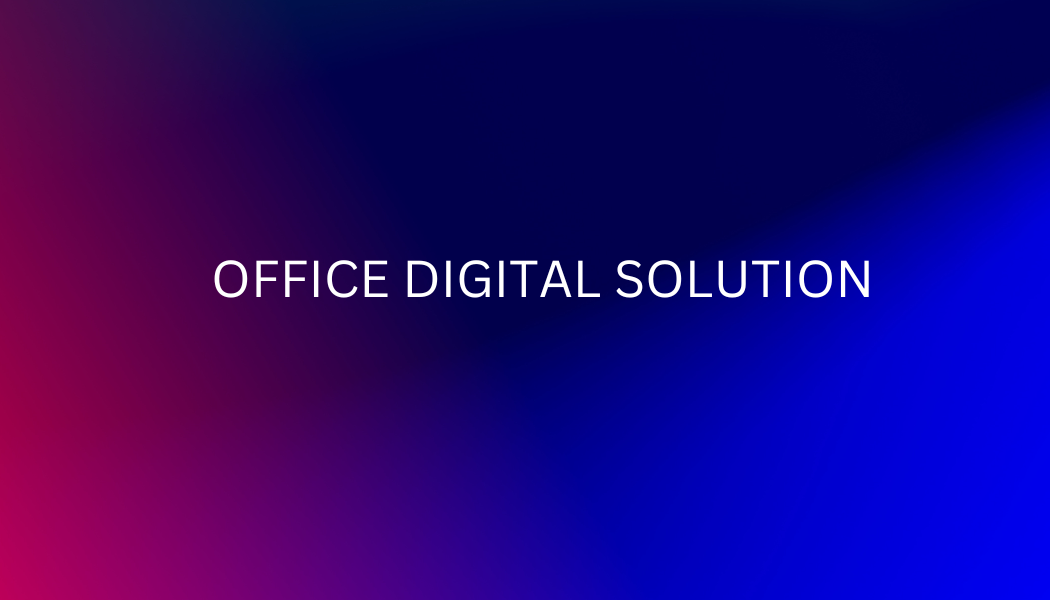Computer and network security: Everyone knows they should be doing it better, but no one really knows all the best ways to do it. The computer security profession is a large and varied one, so — obviously — opinions vary about best practices and solutions. But believe it or not, everyone agrees on the single-most effective way to keep your computer safe in our digital era: Don’t use a computer.
Unfortunately, that’s not really practical for most people. So instead, we snooped around for what measures computer security professionals use to secure their own machines. (Obviously, one of the best measures is not to release all of your security methods, so we got the cream of the crop.) The skills and knowledge of being an expert computer security professional can take years to learn, but it’s always possible to glean a few tidbits of knowledge from the pros.

Protecting Identity to Minimize Unmanaged Endpoint Risk
Cybercriminals aren’t after the devices themselves—they want user identities. Once they assume a legitimate identity, they can move through corporate systems undetected. So, when aiming to mitigate the risk of unmanaged endpoints, taking a proactive approach to securing users’ identities can help reduce this attack surface and secure an organization from attacks.
But how do you protect identities on devices you don’t control? The answer lies in non-intrusive solutions that layer identity security controls, ensuring users’ identity at all times, securing their credentials and separating the potentially compromised endpoint from corporate data.
Essential Building Blocks for Securing Unmanaged Endpoint Attack Surface
To secure unmanaged endpoints, you need a solution that operates independently of the device’s operating system or kernel. Here are the key layers to build an effective security framework for such endpoints:
1. Encapsulate Corporate Data
Protect sensitive data by creating secure, contained environments. Shield the data from malware like trojans, keyloggers and network sniffers. Ensure corporate data is accessed only within this controlled environment and cannot leave it.
2. Enable Secure Browsing
Unmanaged endpoints often access SaaS applications via web browsers. To minimize attack risks, use secure browsers tailored for enterprise use. Use a solution that does not require admin rights and is easy for an end user to install.
3. Enforce Strong, Unique Passwords
Require strong and unique authentication credentials for SaaS applications to hamper malicious access efforts.
4. Implement Adaptive, Phishing-Resistant Multi-Factor Authentication (MFA)
Ensure users prove their identity with phishing-resistant and adaptive MFA to block illegitimate access attempts.
5. Make Passwordless Experiences Possible
Transition to passwordless authentication systems, which eliminate the risks of passwords being stolen or compromised.
6. Add Bulletproof Defensive Layers
Secure the environment and user credentials, even if the endpoint is compromised:
- Tokenize passwords: Prevent passwords from being copied character by character.
- Enable cookieless browsing: Block session hijacking by storing cookies in a secured location.
- Secure web sessions: Protect web applications from malicious processes originating on the device.
Combining These Layers
By combining these layers, organizations can easily construct a powerful security barrier that protects corporate systems and data, even when employees use unmanaged devices. These solutions reduce risk and provide compliance and endpoint visibility through innovative applications of identity security and Zero Trust principles.
Why Securing Unmanaged Endpoints Should Be a Priority
Identity Is the New Perimeter
Securing unmanaged endpoints is crucial in today’s ever-expanding digital landscape. Organizations can create a robust security boundary between corporate data and potentially compromised environments by focusing on identity as the new perimeter and implementing proactive security measures such as secure browsing, adaptive strong phishing-resistant and continuous authentication and web session protection.
These safeguards can help protect access from even the most vulnerable endpoints, maintaining the integrity and security of the entire network and data.
Just as you wouldn’t leave your house keys in the hands of a stranger, an organization should never leave access to its data unsecured.
Contact Office Digital Solution Team to Learn more about how you can extend enterprise-grade identity security to unmanaged devices. Check out this and other use cases for CyberArk Secure Browser and how to safeguard the attack surface presented by unmanaged endpoints.
Via: CyberArk.

